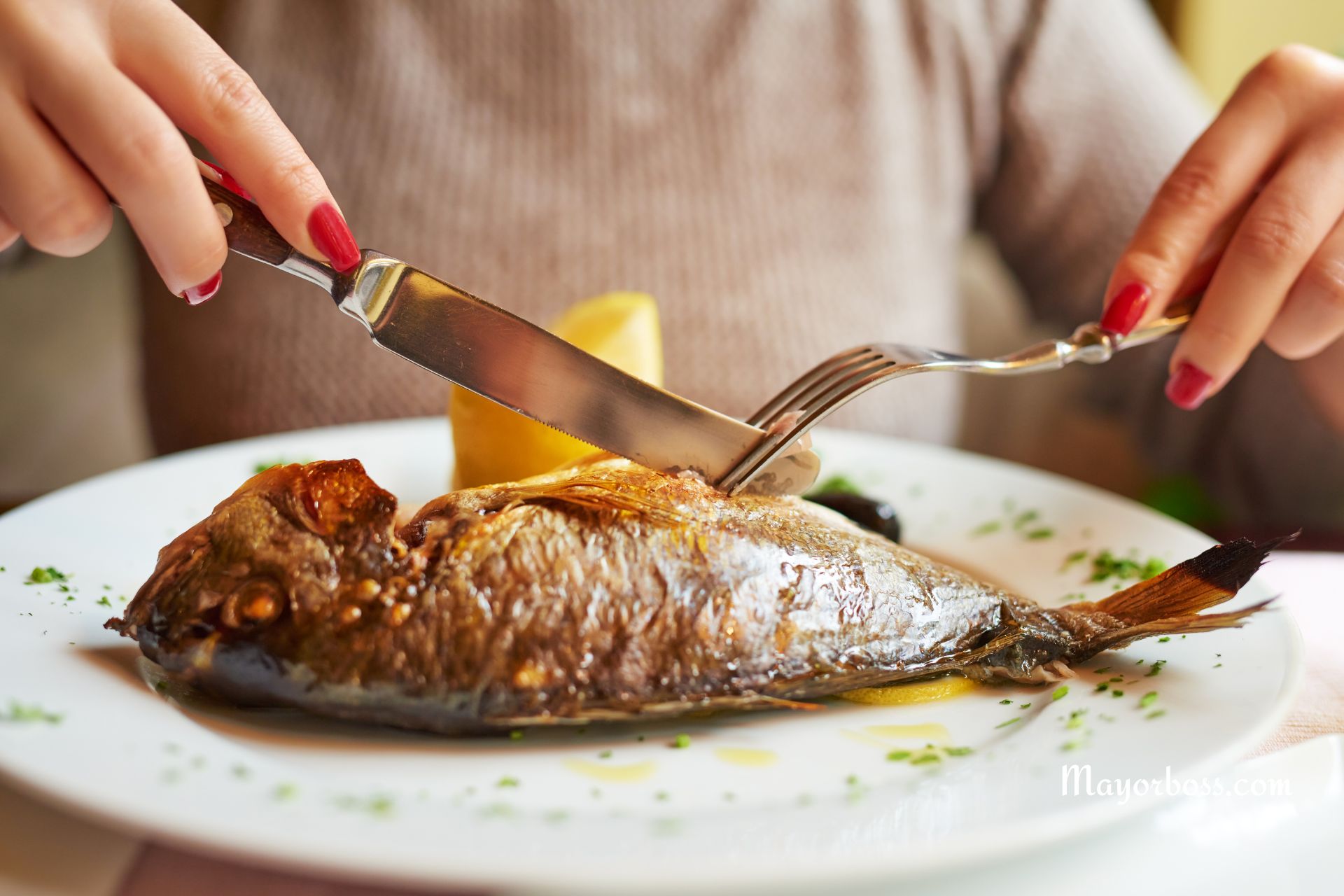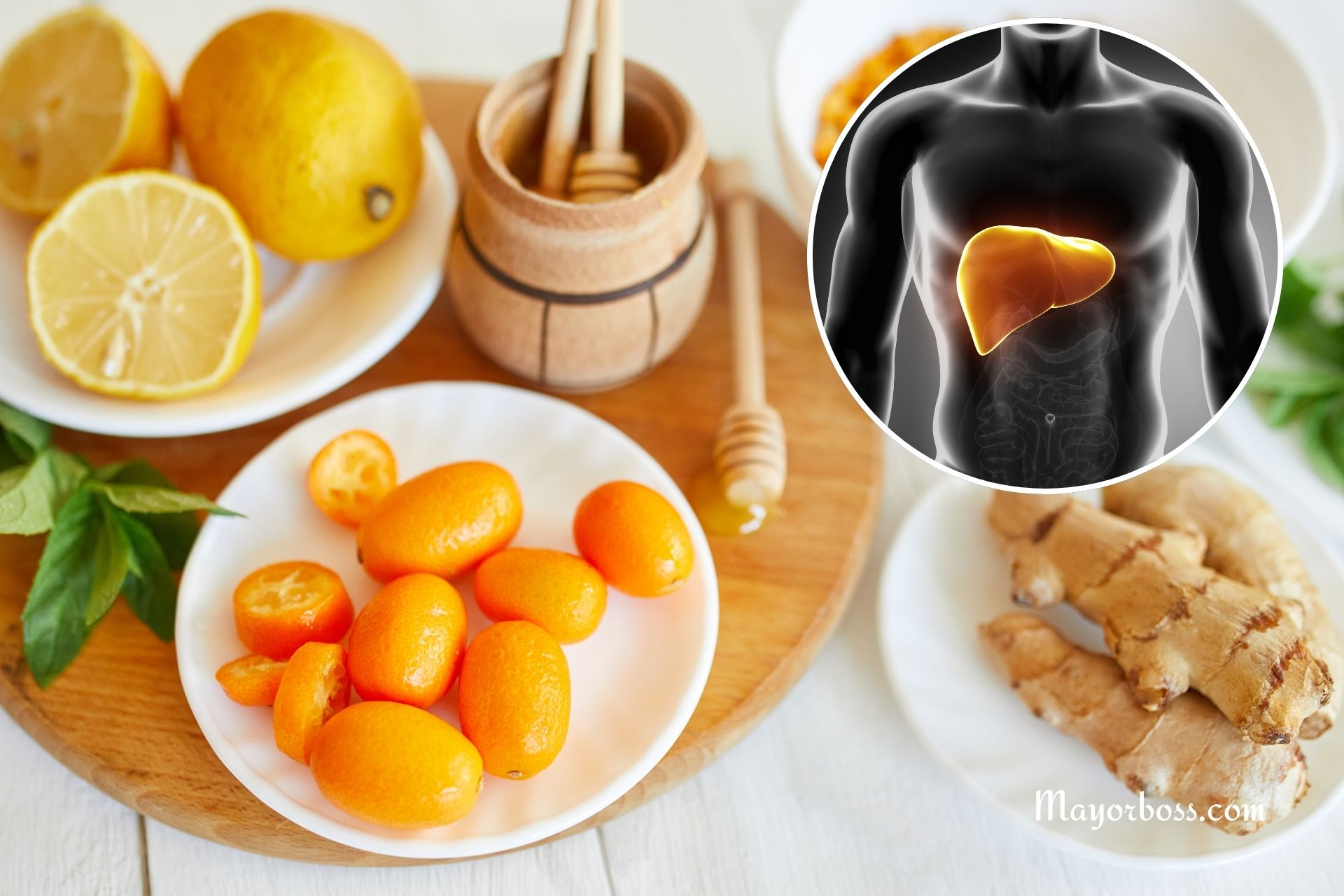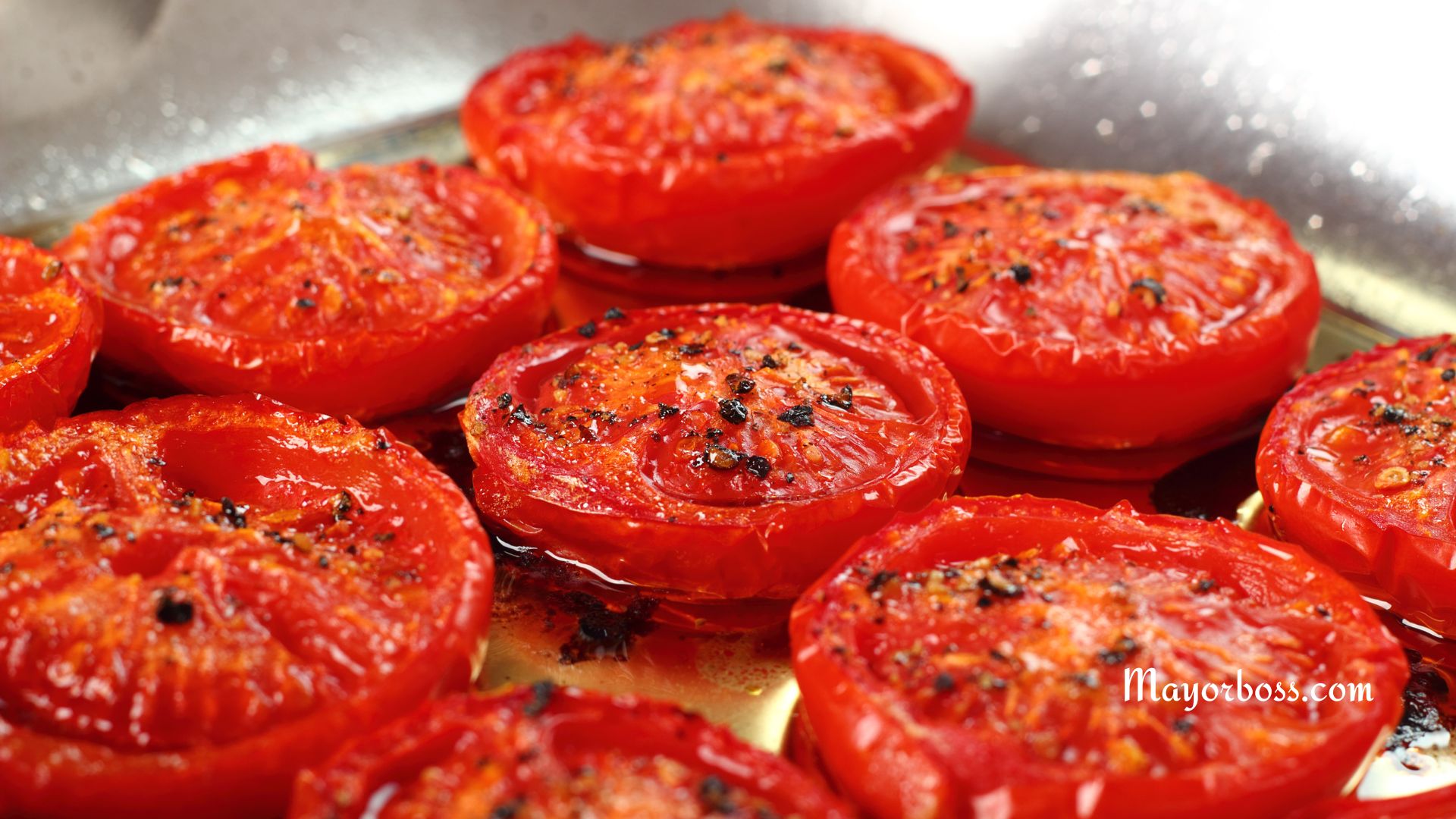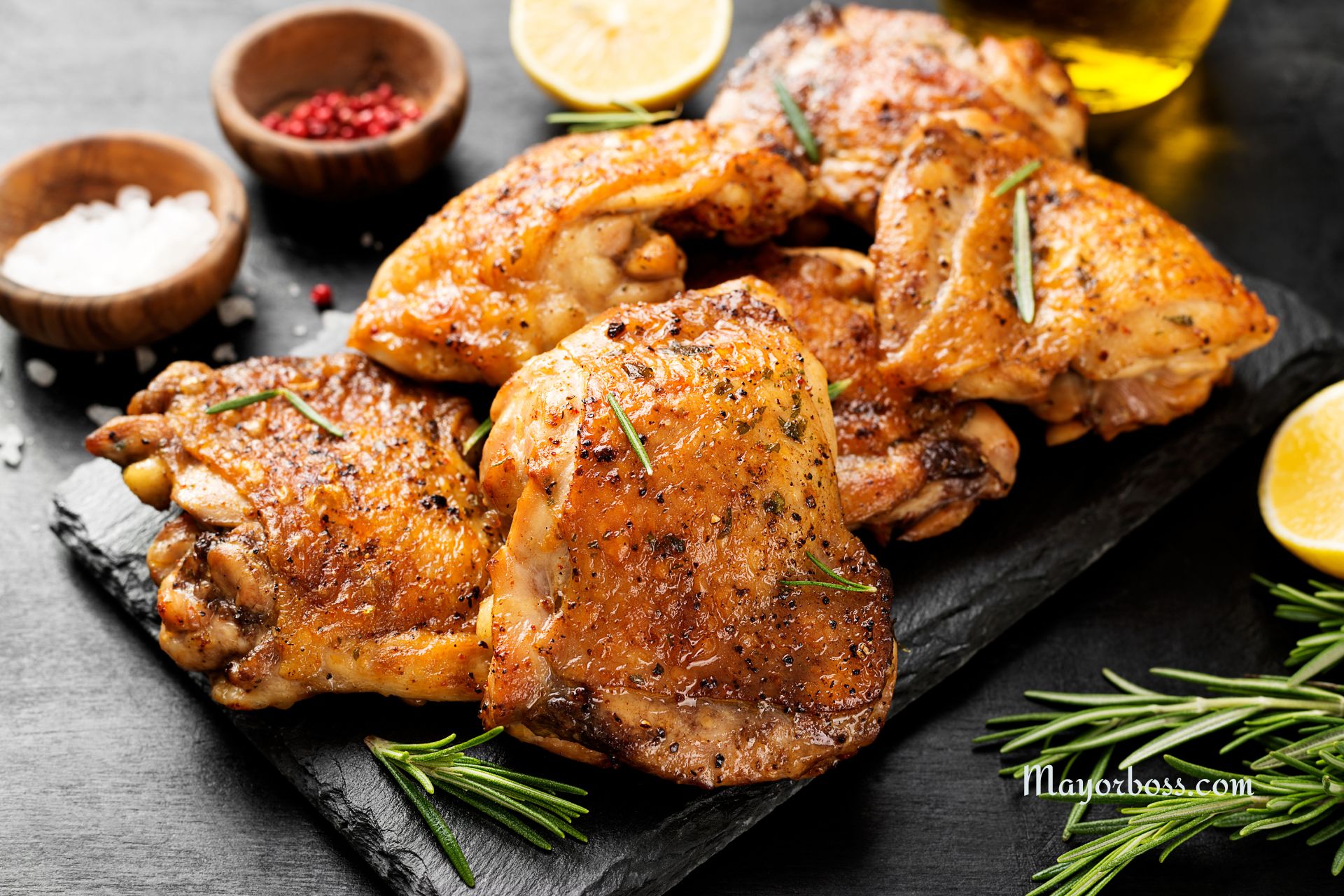10 Foods You Need to Eat to Get Rid of Joint Pain
Joint pain can be super frustrating, especially when you’re trying to live your life without constantly feeling achy or stiff. Whether it’s from working out, sitting too long at a desk, or dealing with something like arthritis, those annoying joint twinges can really slow you down. But here’s the thing: what you eat can actually help ease that pain. Yep, according to the Arthritis Foundation, there are foods out there that can help your body fight inflammation, improve how your joints work, and just generally make you feel better.
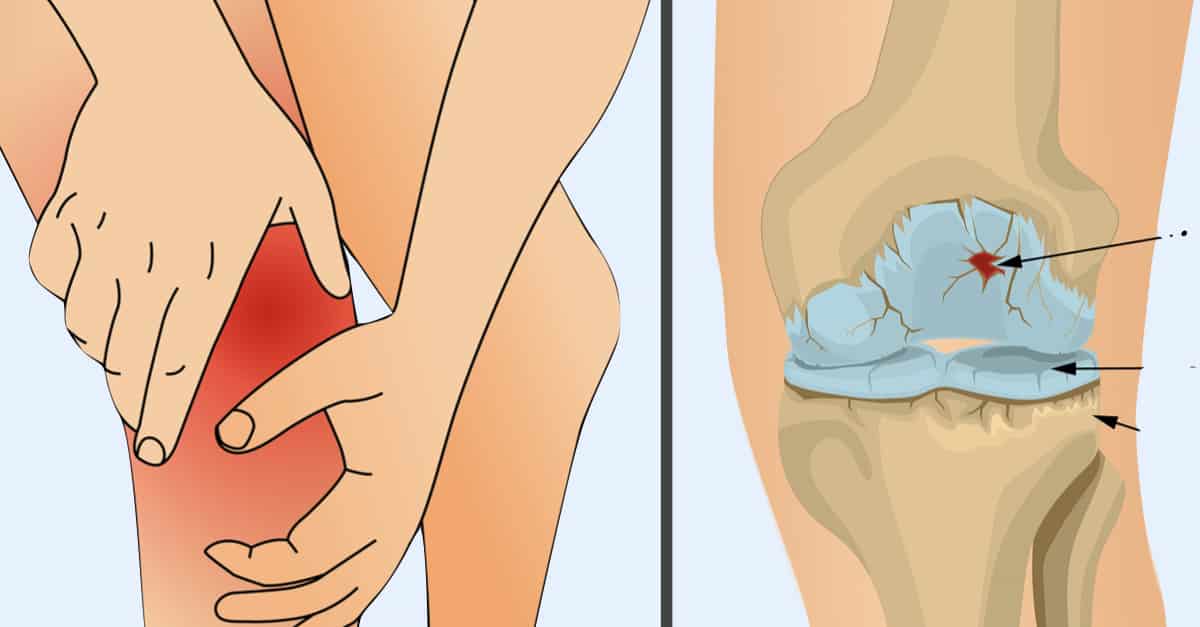
1. Fatty Fish Like Salmon, Mackerel, and Sardines Are Packed with Omega-3s
If you’re not already into fatty fish, now might be the time to start. Salmon, mackerel, sardines—they’re all loaded with omega-3 fatty acids, which are like a charm when it comes to reducing inflammation in your joints. Omega-3s can help cut down on the swelling and stiffness that makes it hard to move around. The American Heart Association actually says you should try to eat fatty fish at least twice a week to get the benefits. Plus, they taste great, so it’s a win-win for your taste buds and your joints.
2. Olive Oil Is a Delicious Way to Add Anti-Inflammatory Goodness to Your Meals
Olive oil is more than just something you drizzle on your salad—it’s got legit health benefits, especially for your joints. The secret ingredient here is oleocanthal, a compound in extra virgin olive oil that acts like a natural anti-inflammatory. It works a bit like ibuprofen but without the pill-popping. So, whether you’re cooking up some veggies or mixing a salad, using olive oil is a smart move if you want to keep joint pain in check.
3. Dark Leafy Greens Like Spinach and Kale Provide Essential Nutrients
You might have heard that leafy greens are good for you, and it’s totally true, especially when it comes to your joints. Veggies like spinach, kale, and Swiss chard are packed with vitamins and minerals that help keep your joints in good shape. They’re full of antioxidants, which protect your joints from damage, and they’ve got calcium to support your bones. Adding some greens to your meals—whether it’s in a smoothie, salad, or just sautéed with garlic—is an easy way to help out your joints.
4. Berries Are Antioxidant Powerhouses That Fight Inflammation
Berries aren’t just a tasty snack—they’re also loaded with antioxidants that can help reduce inflammation in your body. Think strawberries, blueberries, and raspberries—they all contain anthocyanins, which are compounds that not only give berries their awesome colors but also help lower inflammation. Toss them into your yogurt, blend them into a smoothie, or just snack on them straight up to give your joints some extra love.
5. Turmeric Is a Spice With Potent Anti-Inflammatory Properties
Turmeric might just be the most powerful spice in your kitchen when it comes to fighting joint pain. The power comes from curcumin, the active ingredient in turmeric, which has been shown to help reduce joint pain and stiffness. You can easily add turmeric to your diet by sprinkling it on roasted veggies, stirring it into soups, or even making a turmeric latte. Just remember, curcumin works better when it’s combined with black pepper, so don’t forget to add a pinch.
6. Ginger Is Not Just for Nausea—It Also Helps Reduce Joint Pain
Ginger has a strong anti-inflammatory that can help with joint pain. Gingerols, the active compounds in ginger, has been shown to reduce inflammation and improve how your joints move. You can add ginger to your diet in a bunch of ways—like in teas, smoothies, or stir-fries—so it’s pretty easy to work it into your routine.
7. Nuts and Seeds Are a Crunchy Way to Boost Your Omega-3 Intake
If you’re looking for a plant-based way to get more omega-3s, nuts and seeds are where it’s at. Walnuts, flaxseeds, chia seeds—they’re all packed with omega-3 fatty acids, plus they’re rich in antioxidants, vitamins, and minerals that support joint health. A handful of nuts or a sprinkle of seeds on your cereal, yogurt, or salad can make a big difference in how your joints feel.
8. Garlic Is a Flavorful Way to Fight Inflammation
Garlic might just be the easiest way to add anti-inflammatory power to your meals. It’s been shown to help reduce the production of inflammatory cytokines, which are molecules that can lead to joint pain. Whether you’re tossing it into pasta, roasting it with veggies, or just adding it to pretty much any dish, garlic is a simple way to give your joints a break.
9. Whole Grains Are a Great Source of Fiber and Can Help Reduce Inflammation
Whole grains like brown rice, quinoa, and oats are super important if you’re dealing with joint pain. They’re high in fiber, which can help lower levels of C-reactive protein (CRP), a marker of inflammation that’s often high in people with joint pain. Swapping out refined grains for whole grains is a small change that can have a big impact on how you feel.
10. Green Tea Is a Soothing Beverage With Joint-Soothing Benefits
Green tea isn’t just for calming down—it’s also loaded with anti-inflammatory compounds like epigallocatechin-3-gallate (EGCG), which can help reduce inflammation and protect your joint cartilage. Sipping on a cup of green tea daily is a chill way to help ease your joint pain and take care of your body.
Conclusion
Living with joint pain doesn’t have to be your norm. By adding these ten foods to your diet, you’re giving your body the tools it needs to fight inflammation and keep your joints healthy. Of course, food isn’t a magic cure, so if your joint pain sticks around, it’s a good idea to talk with your doctor and figure out a plan that works for you. But with these foods on your side, you’re definitely moving in the right direction.


